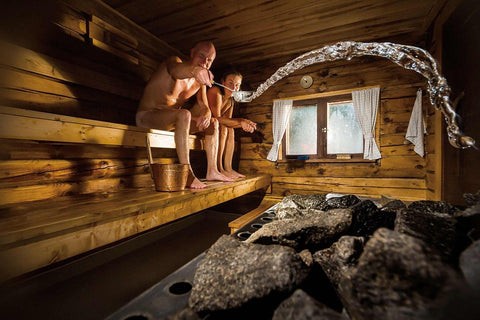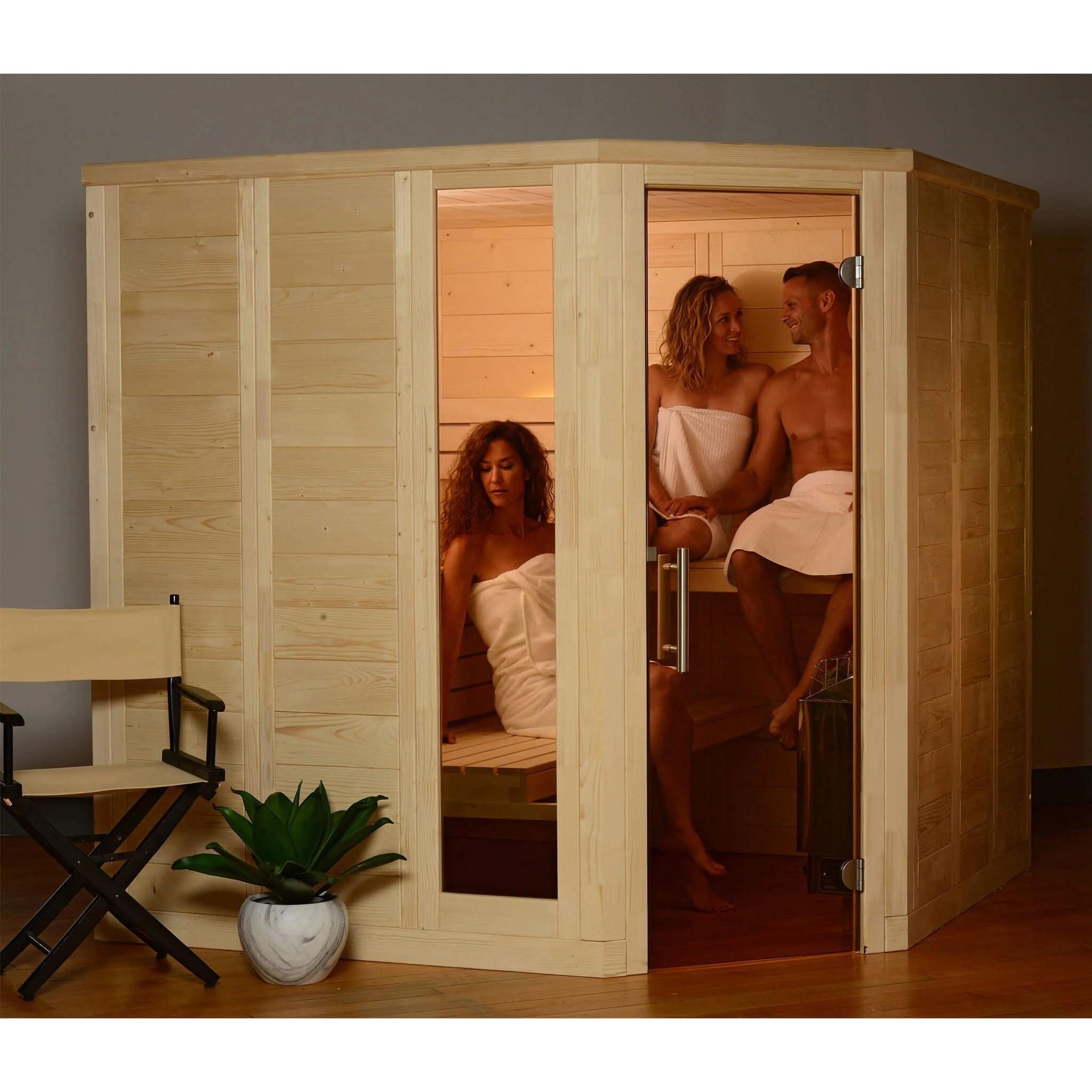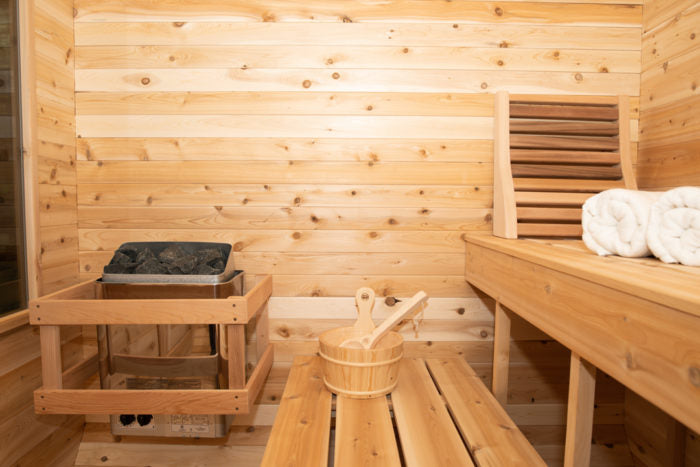Traditional Sauna for Beginners
Traditional Sauna for Beginners
Blog Article
About Traditional Sauna
Table of ContentsWhat Does Traditional Sauna Mean?7 Easy Facts About Traditional Sauna DescribedThe Traditional Sauna StatementsThe Main Principles Of Traditional Sauna How Traditional Sauna can Save You Time, Stress, and Money.
Most of the weight lost in a sauna is water loss and is re-gained upon rehydrating. Without an uncertainty sauna can be a vital component of a healthy and balanced weight loss program. To look at the differences between conventional and IR saunas, I will divide these right into verifiable, theoretical, and produced differences.Therefore, the most popular point in the saunawhich is at the ceiling directly above the sauna heateris generally between 185 and 190 F. Claims that a typical sauna goes beyond 200 F is simply not true and not applicable for electric saunas marketed in the United States. The temperature for a far-infrared sauna is normally established in between 120 and 140 F; however, unlike the conventional sauna, the objective in and IR room is not to achieve a heat.

When a traditional sauna has actually been appropriately heated, the sauna wall surfaces are warm, the air temperature level has attained set temperature level and the rocks are incredibly heated. As an interesting side note, the heated wall surfaces and the rocks are releasing far-infrared warm, combined with the warmed air, to produce an "enveloping warmth".
The Buzz on Traditional Sauna
When the heat is accomplished, the components cycle on and off to maintain the heat. Most traditional sauna users enjoy pouring water over the rocks to develop heavy steam to elevate sauna humidity levels. The benefits of pouring water over the rocks consist of: making the area much more comfy, dampening the nasal flows, and allowing the use of aromatherapy by mixing crucial oils with the water.

When the power gets in the body, it creates the body temperature to enhance and inevitably causes sweat. In an infrared sauna it is essential for the emitters/heaters to remain on practically regularly. Given that there is no mass of rocks to preserve heat, the sauna will cool if the emitters turned off.
The Only Guide to Traditional Sauna
As mentioned over, the sauna bather in an infrared space wants to place himself in front of running emitters to get optimal gain from the heat. The heating time for the 2 rooms can be really various, depending on how the areas are utilized. For a conventional sauna, a bather should enable 30-40 mins for the space to achieve a wanted temperature and to effectively pre-heat the rocks.

A well constructed sauna will normally achieve a temperature of 150-160 F in concerning 30-40 mins. For hotter temperatures, the room may require to warmth for a longer duration.
To some, 15 mins was "wasted" while the infrared energy heated up the wood panels as opposed to warming a body, while others locate a pre-heated area to be more comfortable and believe an elevated starting temperature is required to begin perspiring. The length of suggested use for More hints every area is approximately the exact same (10-15 mins per session); nonetheless, due to the reduced air temperature levels and the capability to really feel the impacts of infrared warm much faster than a conventional sauna, it is not uncommon for a person to spend a total amount of 20-30 minutes in an infrared sauna.
Not known Incorrect Statements About Traditional Sauna

The typical cost per kWH of electricity in the united state is around $0.11, so a 4.5 kW heating unit will certainly cost about $.50 to run for one hour, if the heating system runs constantly for one hour. Usually a sauna heater will certainly run for 75% of the very first hour and 50% of succeeding hours on considering that the elements cycle once the established temperature level is accomplished.
A 2 person far-infrared space is generally physically smaller than a typical sauna, usually about 4' x 4' or smaller sized. The IR heater is commonly 1.5-1.7 kW utilizing a 120 volt 15 amp plug-in service. Considering that the area can be made use of sooner than a sauna space, we will presume the area is made use of for to of an hour consisting of warm up time.
There is a seldom talked about difference in the social experience between the two spaces. While our culture has lost a few of the social benefit of the standard sauna experience, it can be extremely socially satisfying (Traditional Sauna). From family my link members time in the sauna, to heart-felt conversations with better halves, to sauna partiesthe conventional sauna experience can result reference in intimate interacting socially
The Greatest Guide To Traditional Sauna
Many greater end infrared spaces consist of colored light treatment, noise systems and full-glass fronts.
Report this page